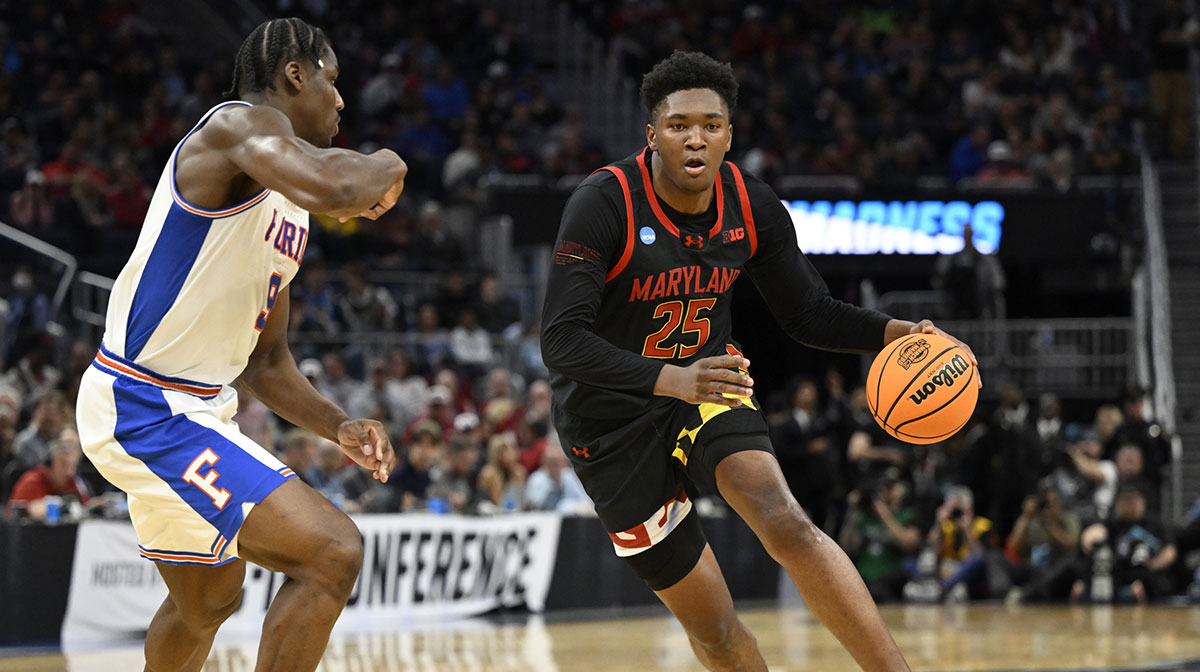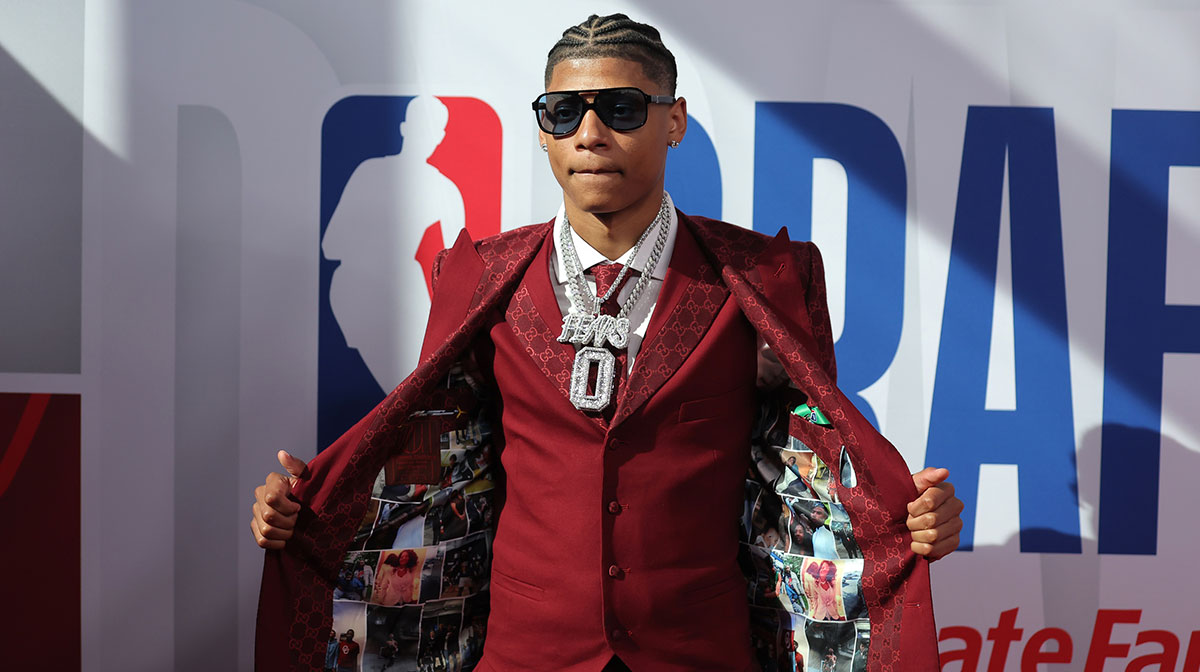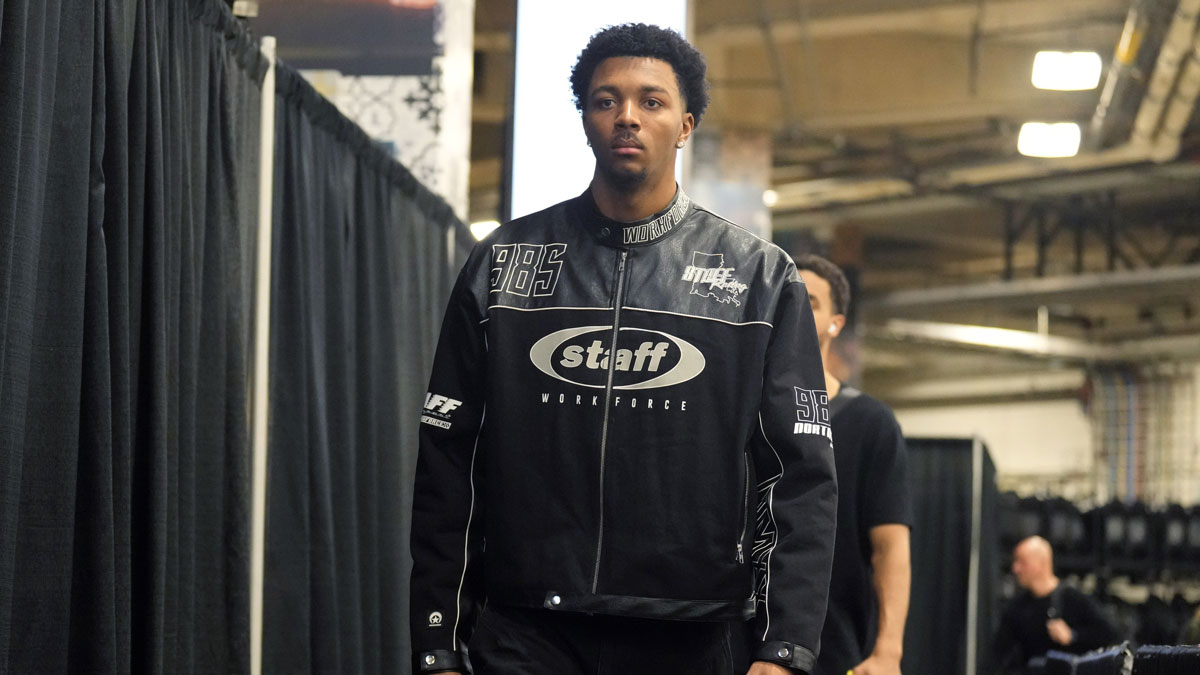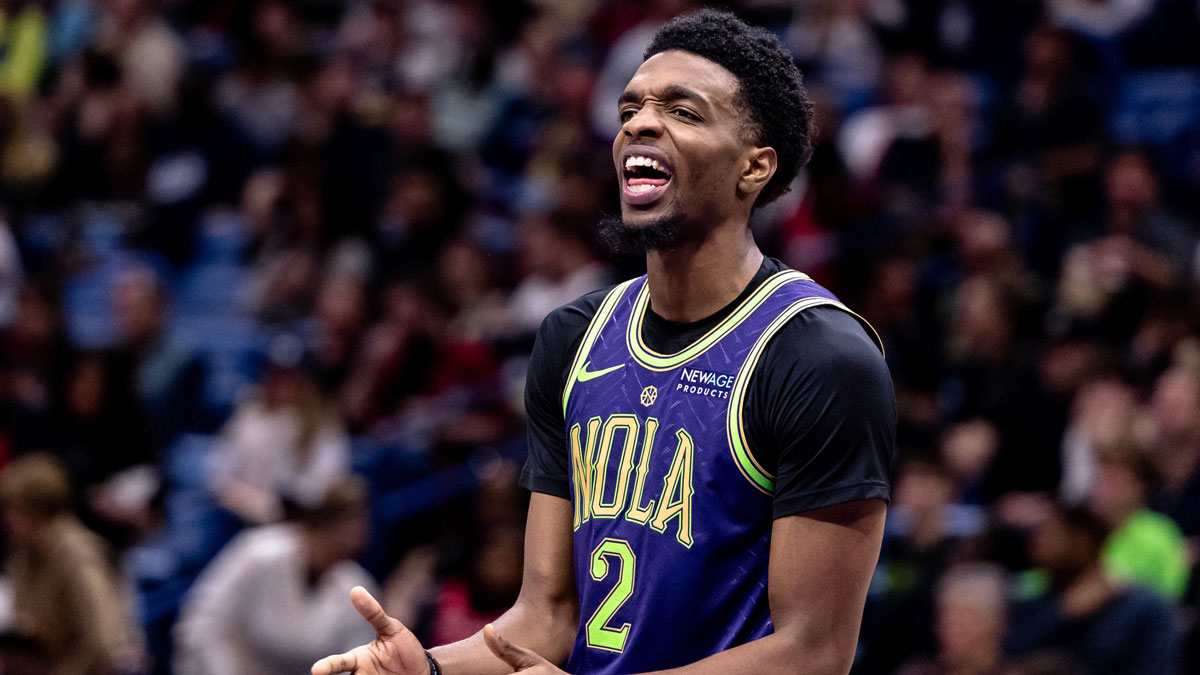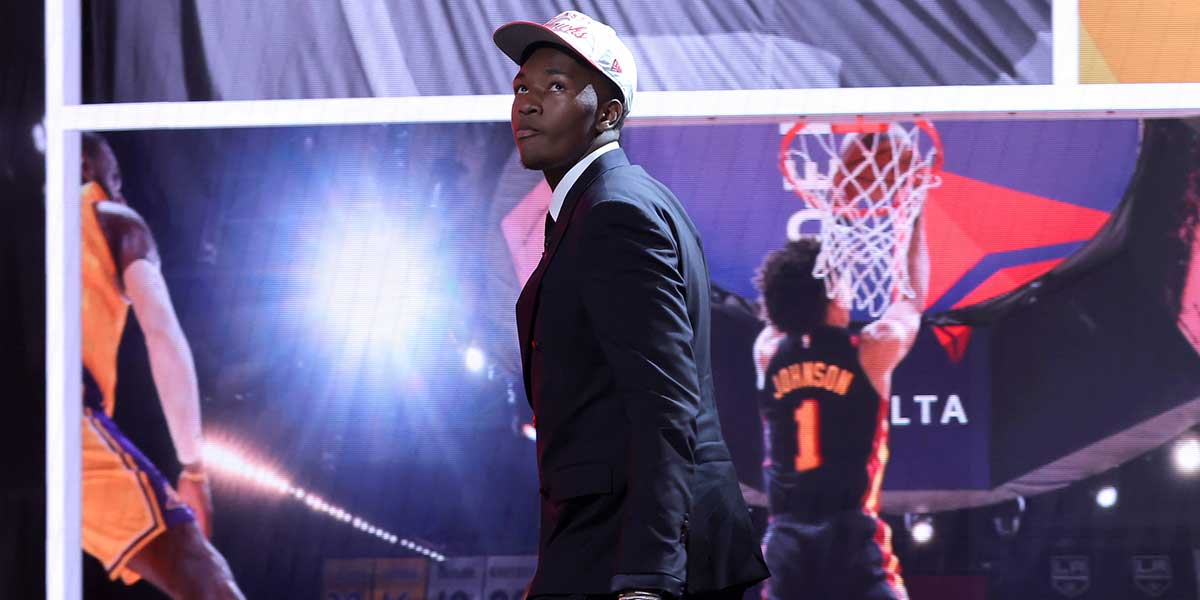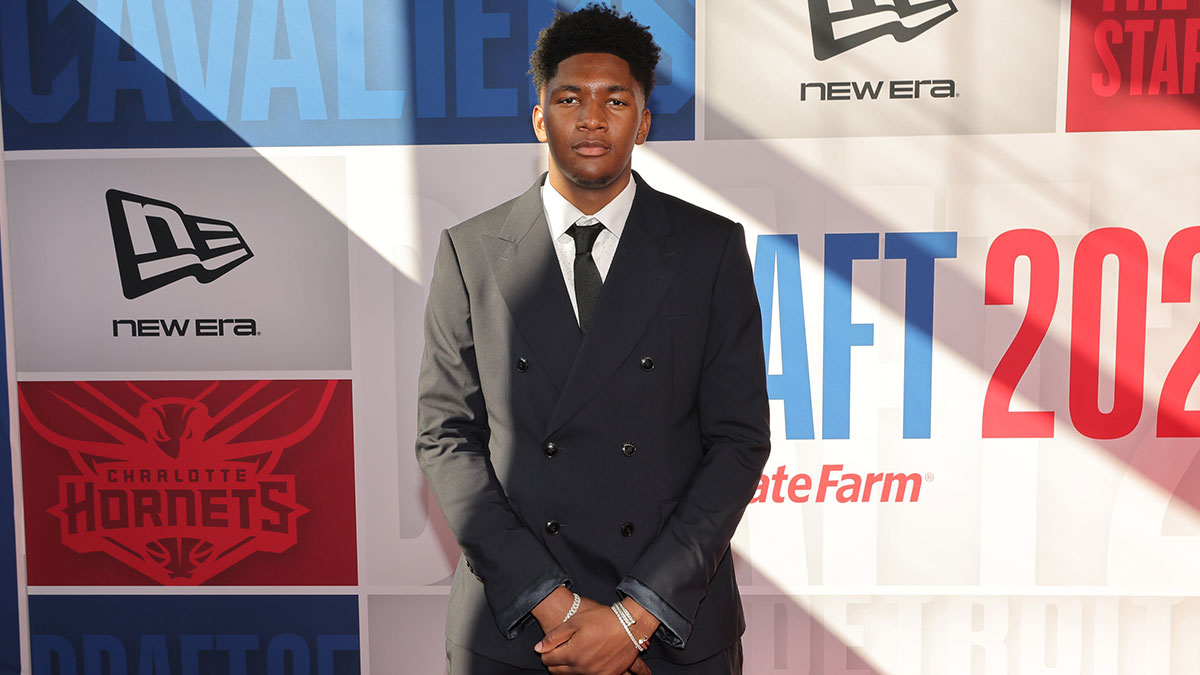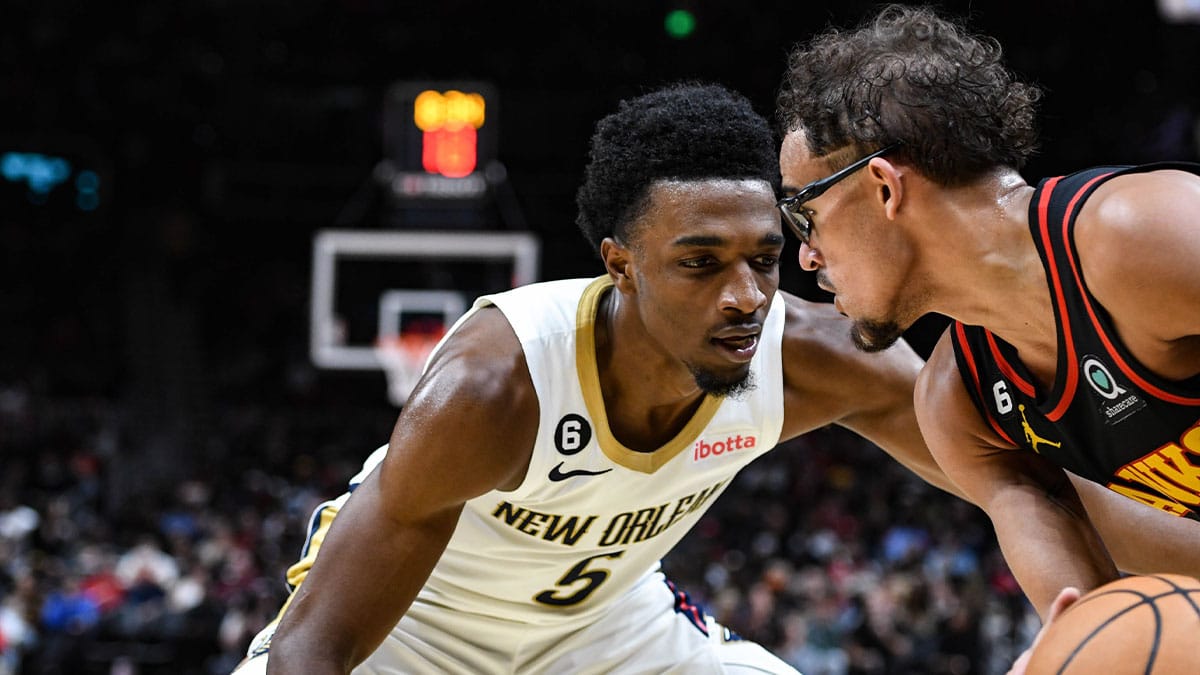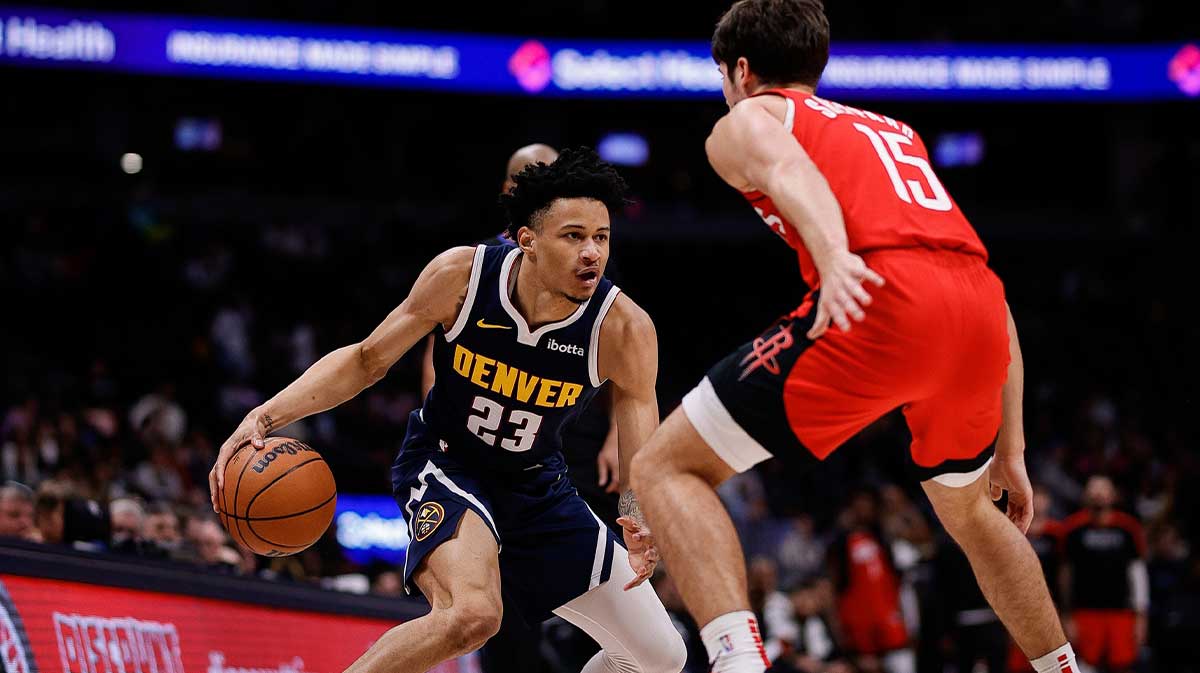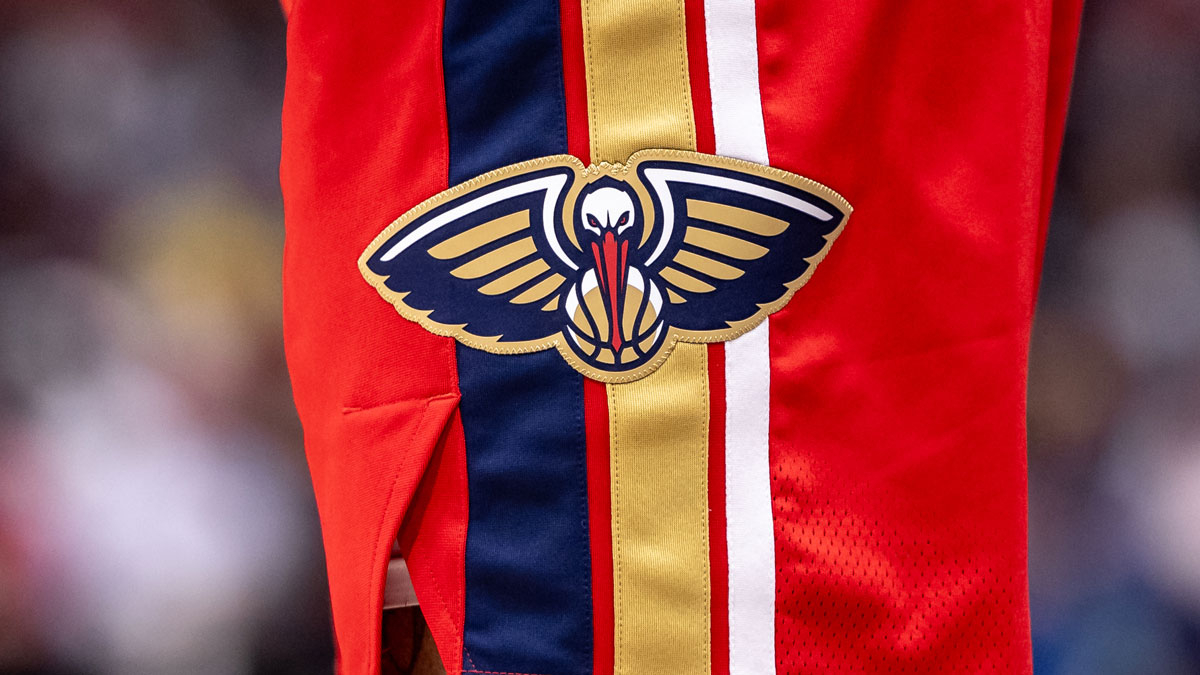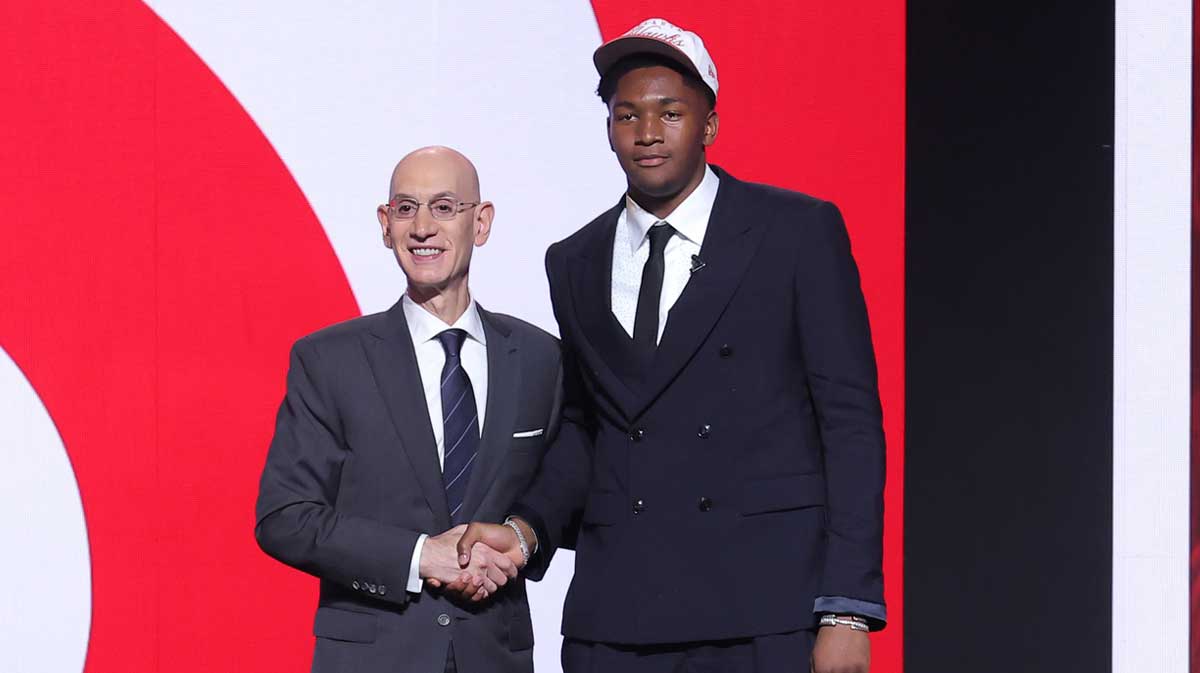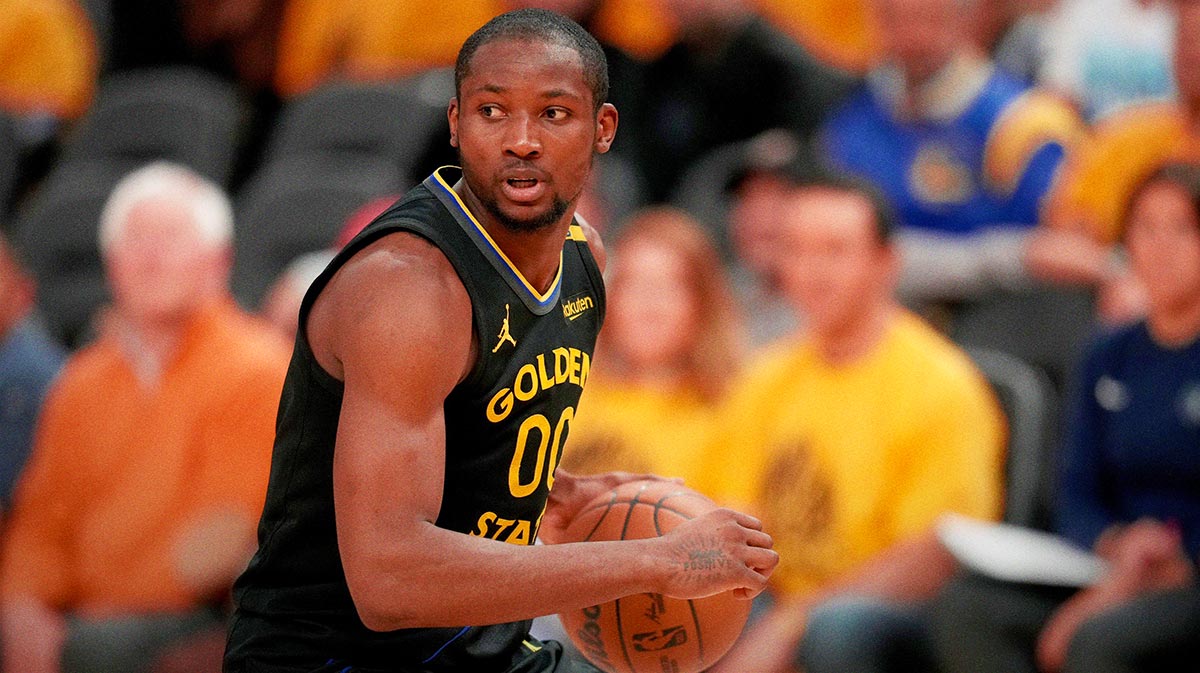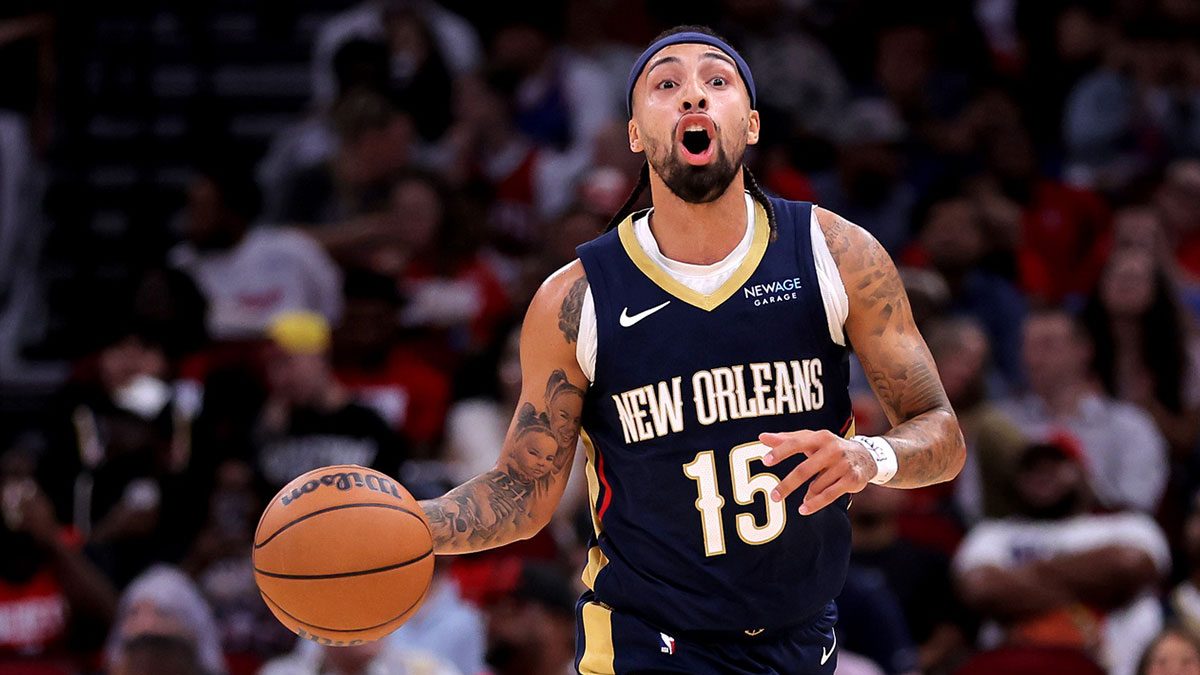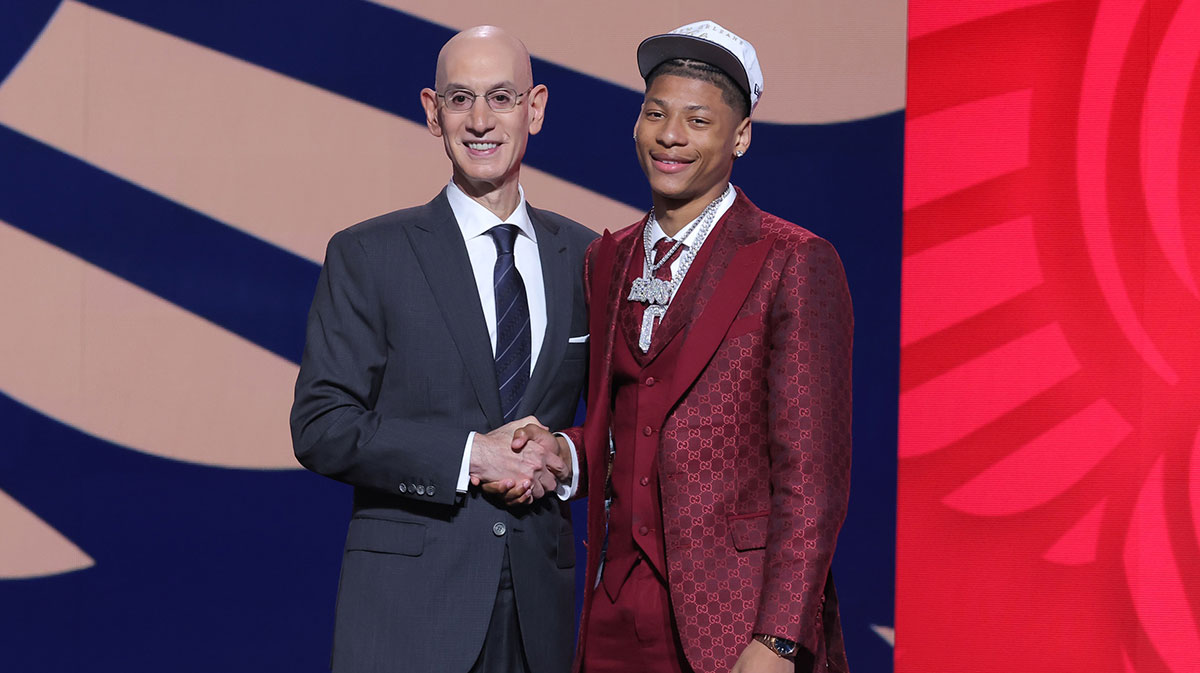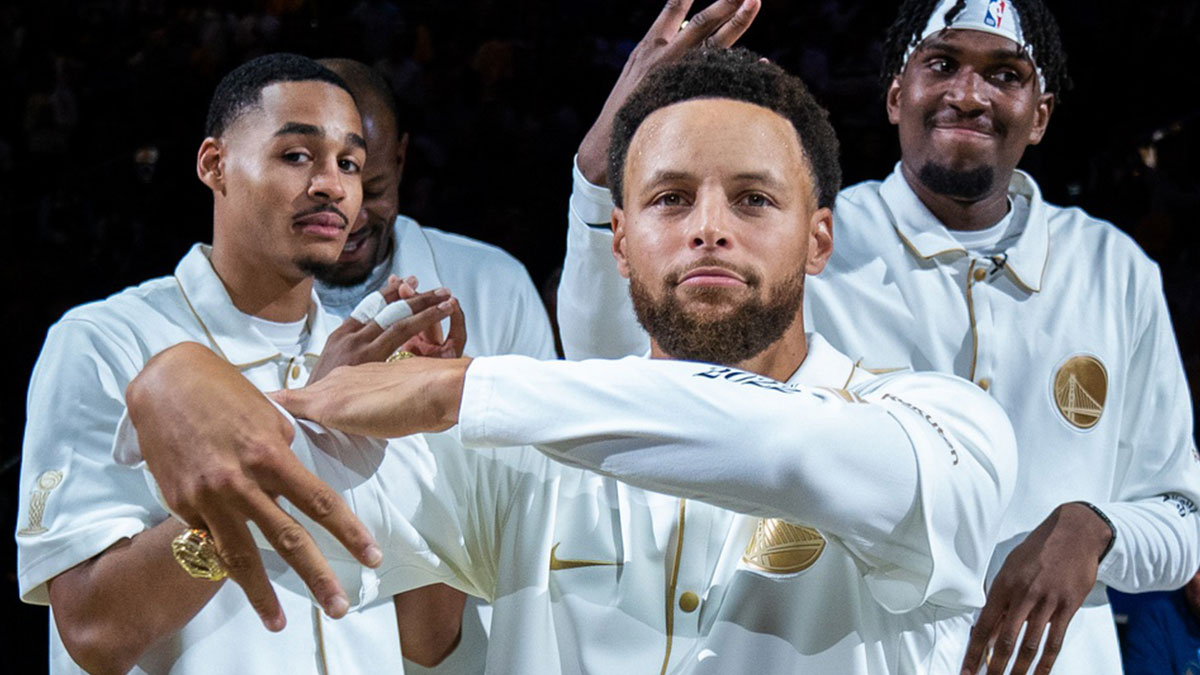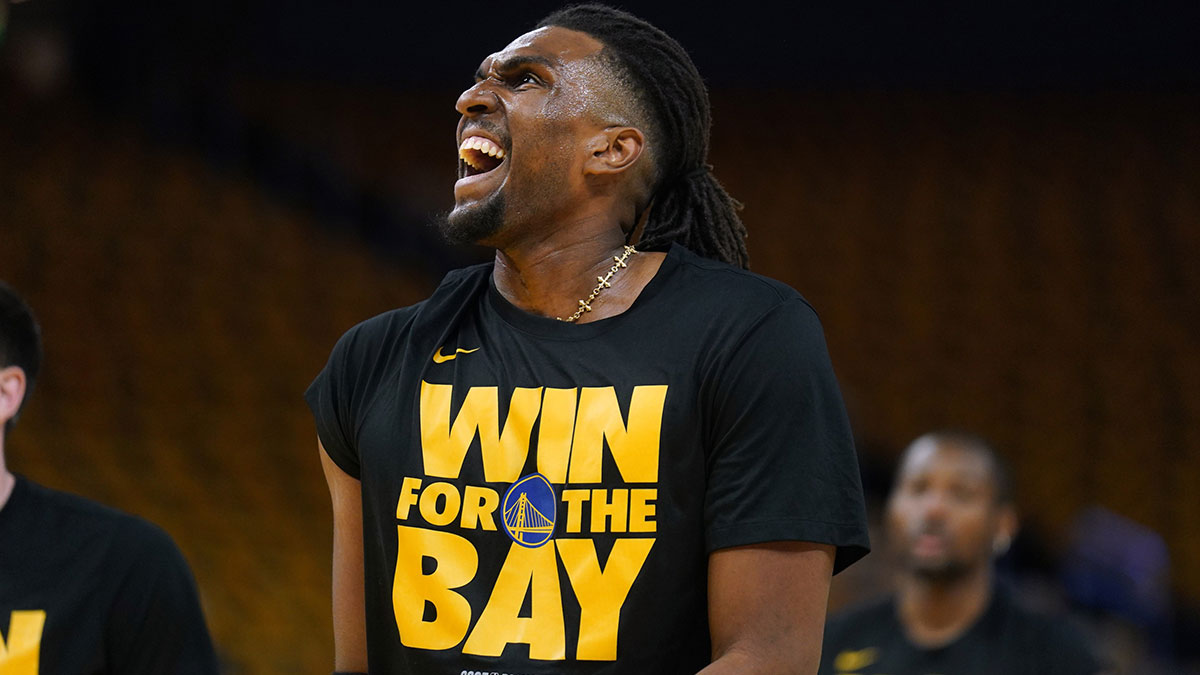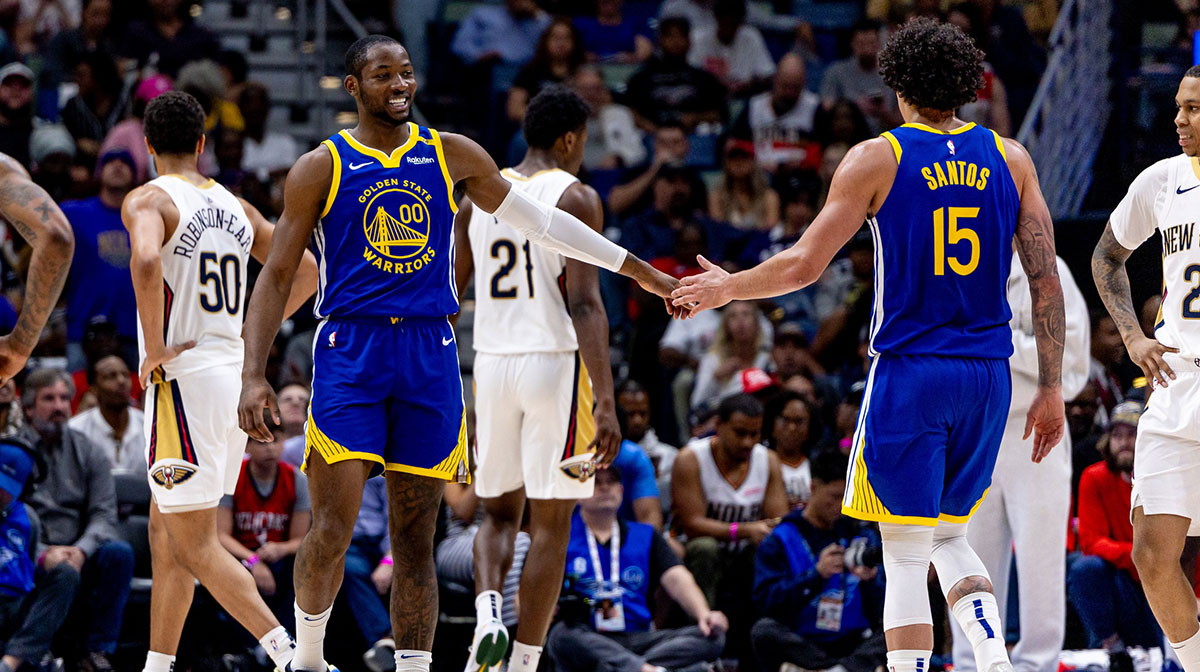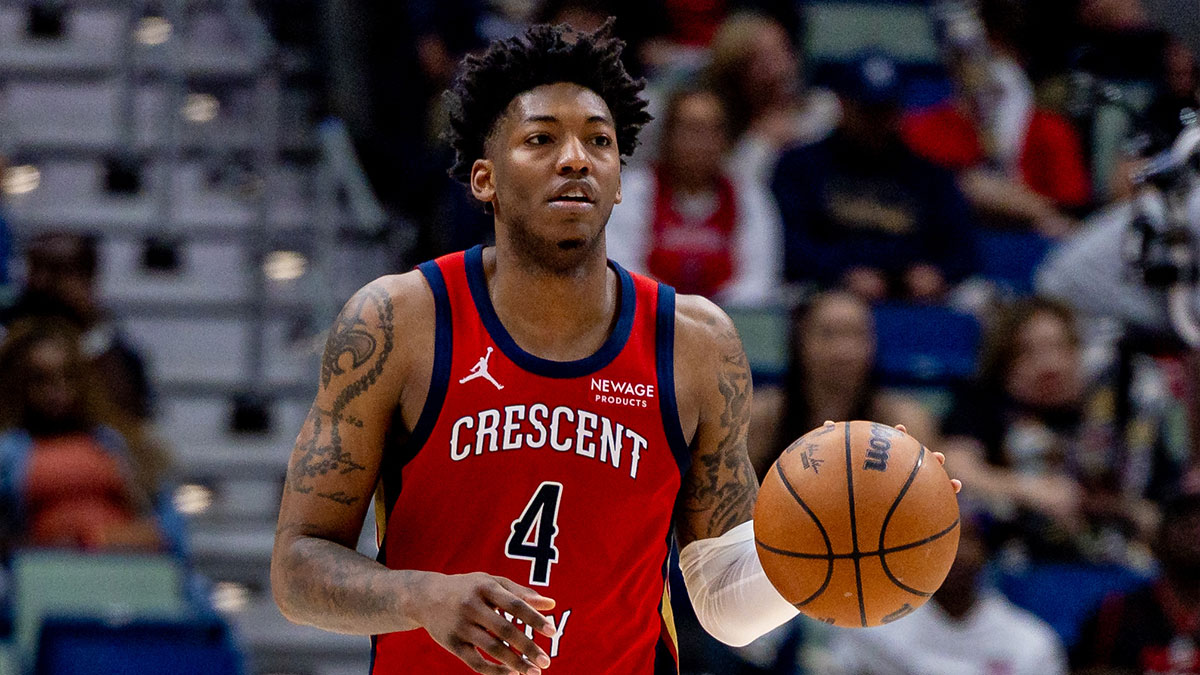As someone whose job hunting and house hunting right know, I understand why Carmelo Anthony will take his post buyout team selection seriously. Do I want to move to California and pay a high tax rate? Am I feeling frugal enough pay for a place with air conditioning? Do I have to start cheering for the local basketball team or can I retain my fandom for my hometown Cleveland Cavaliers?
Likely, the second and third questions are more like personal issues that Anthony won’t really need to consider, but there are still lots of things to mull over. Here are three excellent fits for Carmelo Anthony after his buyout is complete.
New Orleans Pelicans

There’s are two major goals Carmelo Anthony should be looking for when signing with a team this year. On one hand, Anthony should want to contend for his first championship and sign with the best team possible. On the other hand, he likely wants to increase the value of his likely final “long-ish” term contract in the NBA by maximizing his touches on offense.
The New Orleans Pelicans provides the closest solution to both without actually offering either.
Let’s start by looking at the Pelican’s small forward depth chart. They have Solomon Hill (a power forward) and Darius Miller (minimum salary)… and that it. Carmelo Anthony would immediately slot in as the starting small forward, likely earning himself somewhere around 30-35 minutes of play time a game.
Touches wise, Carmelo Anthony is arguably the second best offensive player on New Orleans, tied with Jrue Holiday. Jrue is an effective shooter and passer and Davis plays well in the post. That leaves a need for a strong mid-range player who can make their own shot or take advantage of driving passes. Both of those qualities are fully embodied by Carmelo Anthony, even if his ball dominance could prove an issue.
Overall, Anthony’s fit on New Orleans boils down to need meeting player. For the first time in years, New Orleans could have a true small forward.
From a winning perspective, New Orleans is a clear playoff team with some genuine upside. One might argue that losing DeMarcus Cousins would make this team worse. That individual clearly doesn’t look at statistics. After DeMarcus Cousins went down to injury, New Orleans went 21-13. The pace of the game surged, and adding Julius Randle (a better conceptual fit than Cousins) shouldn’t slow that pace at all.

Without Cousins, the Pelicans had an average of 104.5 possessions per game, a league high. The concerns about adding Carmelo Anthony and his defense are mitigated due to the incredibly strong defense posted by New Orleans (fifth in the league after DeMarcus’s injury), which also should improve with Randle.
Overall, adding another offensive threat should make Anthony Davis’ opportunities even more plentiful. Overall, Anthony takes an already good team into the discussion for a conference finals appearance in the right situation.
Los Angeles Clippers
There’s still a chance for a Carmelo Anthony trade, though the options are getting limited. At the start of free agency, there were four teams with significant cap-space which could absorb salary: The Sacramento Kings, Atlanta Hawks, Chicago Bulls, and Brooklyn Nets.
With Atlanta taking on Jeremy Lin, Brooklyn eating all of Denver’s garbage (not exactly true, but both contracts they took on were overpays), and Chicago going all in on $20 million dollar “small forward” Jabari Parker, the only option left is Sacramento.
On one hand, Sacramento isn’t really in the market for a 2022 first round pick (the first pick Oklahoma City can offer due to the Steipen Rule) or shooting guard number five, Terrence Ferguson. On the other hand, as a third team in a trade which would only net them salary balancing positive assets, sign them up. And that noise you hear in the background? That’s the Los Angeles Clippers music.
The Clippers could use a name. With LeBron James joining the Lakers, the clear hierarchy of Los Angeles Basketball Teams has been re-established with the Lakers on top. Maybe Carmelo Anthony won’t drastically change the Clippers odds at a championship, but he’ll put butts in seats.

Additionally, the Clippers have assets that they can sacrifice without truly changing their game. Point guards Milos Teodosic and Pat Beverley are worth 11 million dollars’ worth of salary which the Clippers likely won’t play this season with two rookie guards and Lou Williams/Avery Bradley making up a four guard line-up.
Sam Dekker, while still a valuable player, looks to have completely fallen out of the roster (a young small forward?!? The Kings have 0 small forwards!) and Tobias Harris’ 14 million doesn’t provide much more than newly signed Luc Mbah a Moute’s $4.3 million dollar contract. Sending off those salaries to Sacramento/Oklahoma City should net them one Terrence Ferguson (someone they could use) and/or some second rounders as well as one Carmelo Anthony.
Besides name value, Anthony would provide value for Los Angeles. After the departure of Chris Paul and Blake Griffin, the Clippers look like a team of excellent role players and no creators. They don’t have a true lead guard or playmaking big. Anthony is excellent at making his own shot, his mid-ranger rivals that of the league’s best and Doc River’s system would make an excellent place to showcase this.
With the loss of Chris Paul in the 2017-2018 season, Doc Rivers transferred the offensive leadership to Blake Griffin. Highlighting his own player’s strengths, The Clippers system is already tailored to a strong point forward. Rivers relies on his stars as a focal point, using auxiliary players as just that. Anthony would clearly get his shots, but more importantly exist in a system that can fix many of the issues Anthony was criticized for in Oklahoma City: his attitude.
One of the most notable aspects of Doc Rivers coaching style comes from the word “Ubuntu”. A Bantu (a broad generalization of Sub-Saharian African Culture and Language) philosophy which embodies the properties of “I am because we are”, Doc Rivers’ coaching presence fully embodies this team over individual stance.
Rivers isn’t afraid to let players air out their grievances and work out solutions, but at the same time he will throw out back of the bench players over established veterans. Rivers can feed Anthony touches when he’s hot, and just as quickly bench him when he’s not. When you have a large personality coach clash with a large personality player, sparks can potentially fly. But with Rivers, the potential of offering Anthony the exact situation he can thrive in might just tamper those flames.

Quickly from a general manager standpoint, the Anthony contract doesn’t change their projected nearly $40 million dollars in cap space next year. With 60 percent of contracts signed for only one year this off-season, the free agent class is potentially the most appetizing in years.
Miami Heat
Excessive parallels manifest themselves when examining a rational for employing Carmelo Anthony’s services on the Miami Heat. Strong personality to tamp down Anthony’s attitude and get him to conform to the system? Check (Pat Riley/Doc River). Team full of role-players which need a definitive (even if flawed) first option? Check. Franchise with major visibility that could use a big name to fill seats? Checkity Check. But the one thing Miami has over the Clippers? Cool flashy Miami-Vice themed alternate uniforms (oh, and also are in the Eastern Conference).

Two seasons ago, the Miami Heat were lead by Dion Waiters and Goran Dragic. Neither of these players were particularly dominant on their own, but rather the two skill sets complimented each other. The attention that Goran Dragic drew on the offensive end would result in an effective Dion Waiters three pointer. On catch and shoot three pointers, Waiters shot 47.6 percent during the Heat’s 2017 win streak.
Most of this was due to the fact that everyone on Miami drew attention away from Waiters, giving him a significantly higher percentage of open shots. Adding Carmelo Anthony to this squad would take additional pressure off the catch and shoot players. Additionally, Carmelo Anthony’s game, highly dependent on mid-range shots, could be adjusted under one of the league’s premier coaches.
Erik Spoelstra since 2011 has embraced the position-less aspect of basketball, taking advantage of player strengths rather than positional stereotypes. Rather than implementing the Houston Rockets “Green Light” approach to three point shooting, Spoelstra opts for an offense designed around exploitation. Although Spoelsta’s improvisational offense is notoriously difficult to read, there are several trends that start to manifest themselves if you end up watching as much Miami Heat film as I have.

A clear default play starts by having a center such as Hassan Whiteside or Bam Adebayo set a high screen (blocking the point guard defender at the top of the key) and threaten a roll to the rim. While sometimes this is the option with Dragic throwing a bounce-pass into the post, more often this play calls the double-team onto the center which leaves a spotted up individual an open three point shot or a weak side driving lane.
Anthony would find significant opportunity off the later play, with a weak-side open lane offering significant space for him to create his own mid-range jump shot.
One of the larger issues Anthony faced with the Oklahoma City was the types of three-point shots that Anthony was expected to shoot. Unlike this hypothetical role outlined on the Miami Heat as a driver who can threaten the three ball, Anthony was considered a primary spot-up option.
With a defensive focused line-up such as Andre Robertson at shooting guard and Steven Adams at center, Oklahoma City’s offensive opportunities were stifled. Russel Westbrook running the offense from the top of the key leaves only Paul George and Carmelo Anthony as spot up shooters.
This then allowed teams to effectively leave Andre Robertson (who cannot shoot three-pointers) to his own devices and keep a single center on Adams. The resulting defensive set for the opponents could split three defenders against two shooters, either double-teaming or simply allowing Anthony to take a bad shot. Miami’s team composition gives a different option, with Kelly Oubre at the center position, and defensive specialist James Johnson both providing a strong shooting touch.
Overall, Miami would provide an optimal fit for Carmelo Anthony’s twilight.

